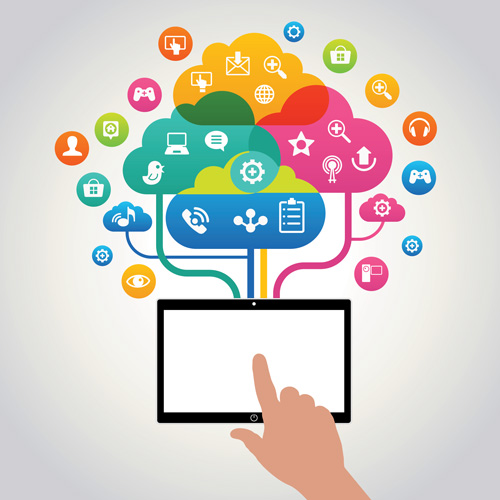Assistive Technology is Everywhere
Photo by Craig Hospital
It's easy to forget how important assistive technology is to our communities, schools, and most of all disabled people. Smartphones are already incorporating and advancing more assistive technology such as speech to text and this is crucial for people with different learning mechanisms. Schools are starting to incorporate assistive technology such as audio books, the projector, powerpoints, Google Docs, Word, and so much more. Yet we need to take it further and educate children to take leadership and initiative on using software and the internet for more possible career paths and helping others.
What is Assistive Technology?
It is basically any item, piece of equipment or software that is used to increase, maintain, or improve the functional capabilities of people with accessibility needs. In this Ted Talk by John Ross Rizzo, he says that assistive technology is all around us but we also need humans to guide and help us navigate through technology. The internet could also be considered assistive technology as information, content, videos, and experts are on there. By watching the Ted Talk, I could imagine so much of the struggles that someone with a disability may face when going through their daily lives.
Examples of Assistive Technology
The earliest assistive technology I can remember is the light projector in my elementary classroom. It was either sharing the computer or the teacher's notes. I enjoyed it when teachers used Powerpoints because they would use visual elements because it was helpful to people like me who are visual learners. Another assistive technology at the time were audio books, and we would read along it in class.
Earlier, I didn't even think of assistive technology being helpful to people with disabilities. I had mainly used assistive technology (speech to text) when I was driving, or listening to Kindle (text to speech) for a book that I am reading for a class or for pleasure while I was doing a chore at home. I've heard others use this feature on Word for writing essays because they are more of an auditory/verbal learner. My boyfriend actually writes his essays using voice dictation on his iPhone and edits it later on. It helps him get his ideas right off the bat before figuring out how to structure it neatly. I was surprised to learn that caption is also an assistive technology tool. The YouTube and Zoom transcript has helped me tremendously during this semester because I am a writing and reading learner. Also, I can go back and reread it to clarify something the person has said.
Photo from Jibber Jobber Career Management
A few years ago, I completed my Certificate for Microsoft Excel, Word, and Powerpoint at Mt. Diablo Adult Education. I remember helping adults to seniors navigate through Windows and file explorer within this class because they weren't used to using technology. The people I've met go to this class because their job is paying them to learn the Microsoft Suite, and others use this class because they want to become public school teachers. I think that Excel, Word, and Powerpoint can be counted as an assistive technology because it has also has the speech to text and so on. But most of all it helps students who are visual, writing and reading, and auditory learners.
Photo from Emerson College




Comments
Post a Comment